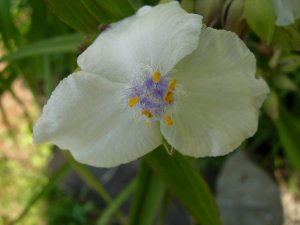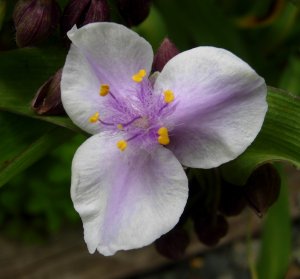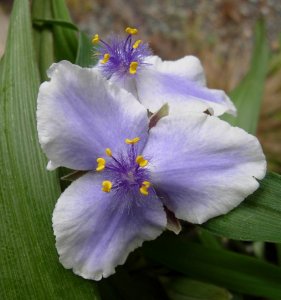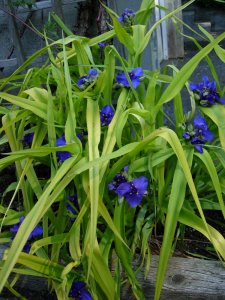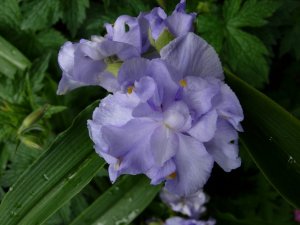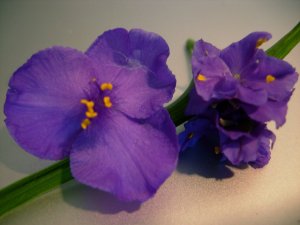Smart Red
Garden Master
- Joined
- Jan 10, 2012
- Messages
- 11,303
- Reaction score
- 7,395
- Points
- 417
- Location
- South-est, central-est Wisconsin
Widow's tears (Tradescantia virginiana), more commonly known as spiderwort, spider lily, trinity flower, or day flower is an herbaceous perennial plant that is easy to grow. It reaches about 14 inches in height and works well for the rear or middle of a garden bed.
I have them in six colors -- my seventh (white) seems to have been lost the past two years. I'm blaming Spouse, although I really don't know where it went.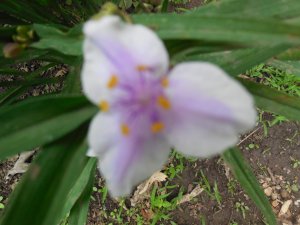 Here is my pink and white: Blushing Bride
Here is my pink and white: Blushing Bride
This one is blue and white: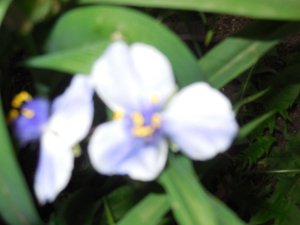
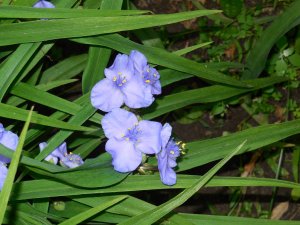 This is actually a delft blue (camera error)
This is actually a delft blue (camera error)
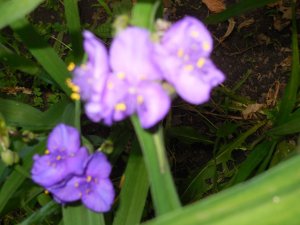 They come in an almost pink shade
They come in an almost pink shade
and a purple. The most common.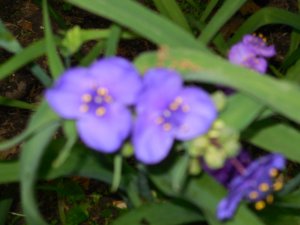
One is a deep purple shade. My camera didn't pick up that dark color properly either. Here are some other color options from the internet:




This plant grows in full sun to full shade. Mine get the Eastern sunlight and flower best in the morning. By 2:00 mine have closed for the day giving them the name day flower. They do best in a moist woodland, slightly acidic soil, but are thriving in the plain old fill East of my foundation.
I have them in six colors -- my seventh (white) seems to have been lost the past two years. I'm blaming Spouse, although I really don't know where it went.
 Here is my pink and white: Blushing Bride
Here is my pink and white: Blushing BrideThis one is blue and white:

 This is actually a delft blue (camera error)
This is actually a delft blue (camera error) They come in an almost pink shade
They come in an almost pink shadeand a purple. The most common.

One is a deep purple shade. My camera didn't pick up that dark color properly either. Here are some other color options from the internet:
This plant grows in full sun to full shade. Mine get the Eastern sunlight and flower best in the morning. By 2:00 mine have closed for the day giving them the name day flower. They do best in a moist woodland, slightly acidic soil, but are thriving in the plain old fill East of my foundation.

